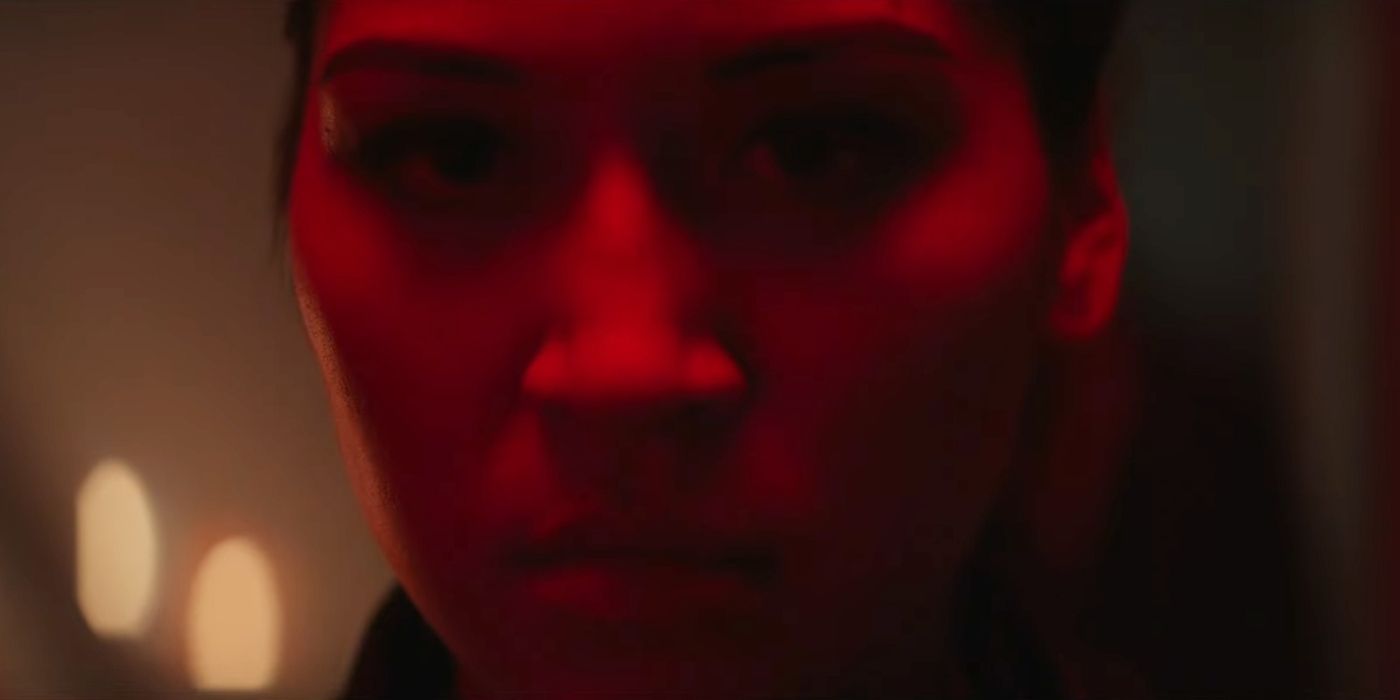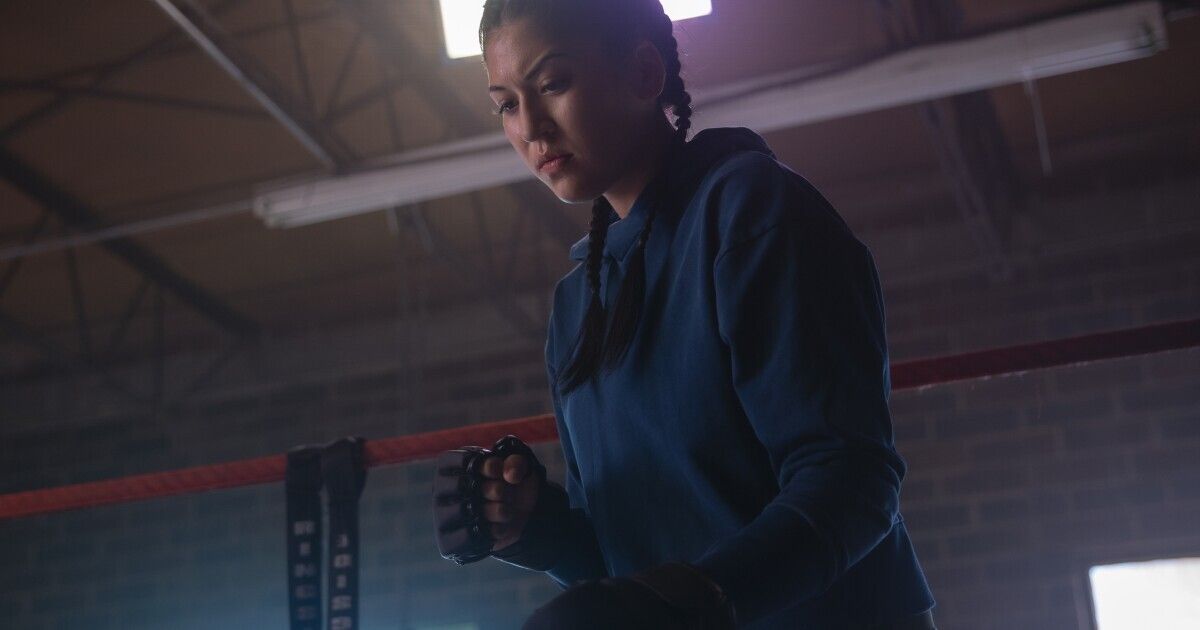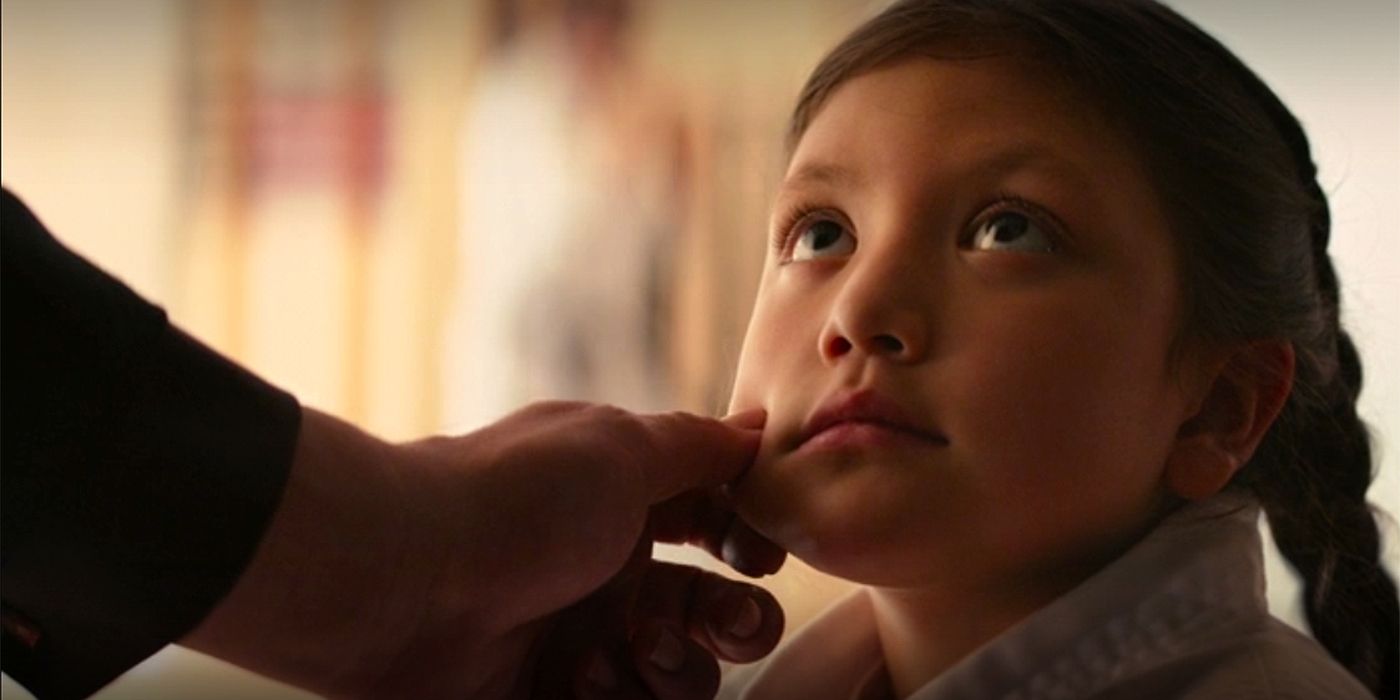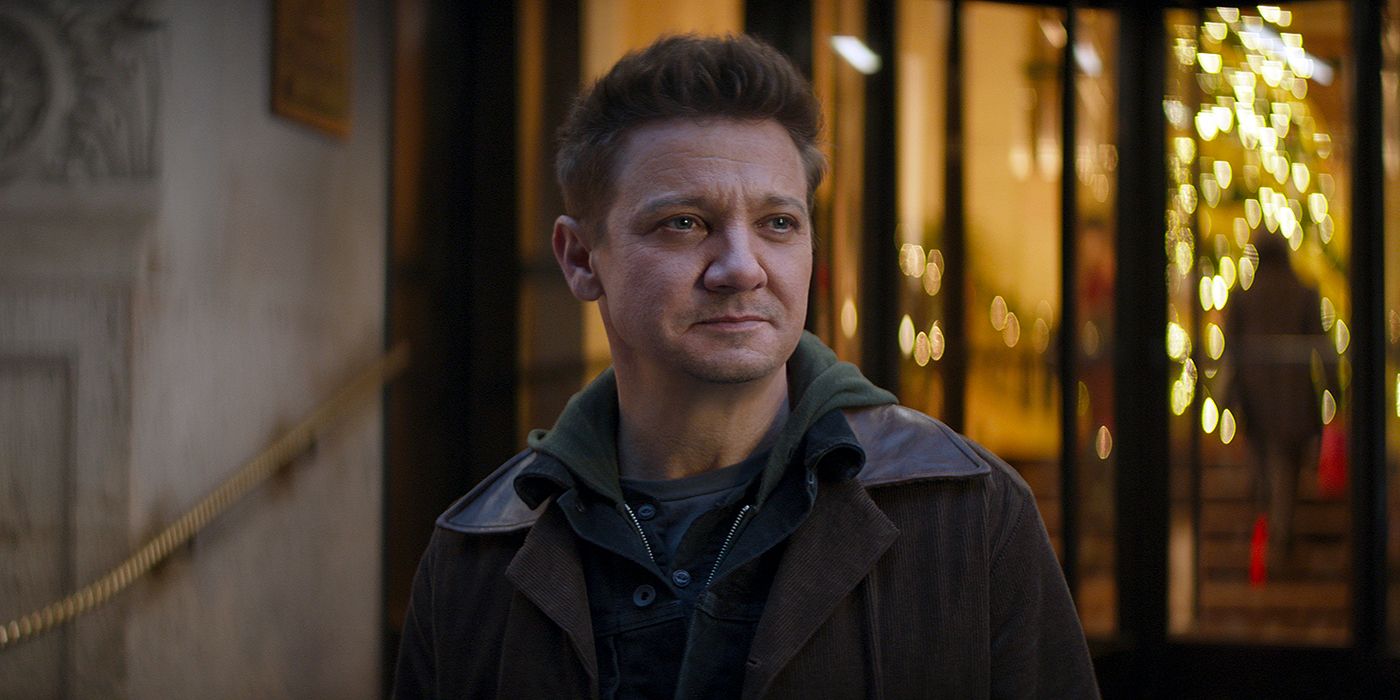
WARNING: The following article has spoilers for Hawkeye Episode 3, "Echoes," now streaming on Disney+.
Fans tuning into Hawkeye’s third episode “Echoes” may have noticed that the episode had no ambient noise or muffled audio in some scenes. Most notably, the scenes from the perspective of Echo/Maya Lopez, who is a deaf woman and portrayed by a deaf actor, have very little audio playing over them. After Maya smashes Hawkeye/Clint Barton’s hearing aid during his escape, a number of scenes from his perspective have muffled audio. These sound mixing techniques take into account the characters’ lived experience as a deaf or hard-of-hearing person and bring audiences further into their world.

Folks who watch the Oscars might have noticed two categories come up -- though more recently, the two categories have merged, for better or worse -- during the course of the night: sound editing and sound mixing. Sound editing encompasses the work done to find complementary sounds for a film. In the New York Times, Walter Murch of the Academy of Motion Picture Arts and Sciences says that the work of a sound editor is to fill in the audio around the dialogue by collecting the right ambient noises and musical effects.
Sound mixing, on the other hand, is done entirely in postproduction. Layering the sounds collected by the sound editor to create a seamless listening experience for the audience, and giving them the right amount of reverb, volume, and/or audial distance falls under this category. This postproduction technique helps heighten the emotional tension or drama in a scene by playing with volume, which is what Hawkeye sound mixer Michael P. Clark does in “Echoes.”

Young Maya Lopez is introduced to viewers in a soundless school environment. Non-diegetic music plays but the voices of the students in the class quickly fade. She watches her teacher speaking but struggles to lip-read. Since we can’t hear what the teacher is saying, subtitles are placed on the bottom of the screen -- but when the teacher turns her head or doesn’t enunciate properly, the subtitles merely appear as “...”, exactly as the teacher’s words would appear to Maya.
When Maya interrogates Clint about Ronin, and the camera looks at Clint from her perspective, the dialogue audio cuts out, and she is unable to read his lips; she looks towards her interpreter Kazi, who signs “Black Widow” before the audio returns to the scene. The same sound mixing technique is repeated when Maya asks Kate Bishop why she put on the suit and is unable to lip-read her at all while she talks.
Removing the ambient noise and dialogue audio in Maya’s scenes, and having the subtitles reflect the gaps in what she can see her teacher saying, remind hearing viewers that reading lips is not as easy as it seems and that the world can be ignorant to the accessibility needs of folks who are deaf and hard of hearing. It’s a reminder of the daily struggles individuals who are deaf have to face when they have no sign language interpreter with them or are in a non-signing environment.

In the scene where Maya knocks out Clint’s hearing aid by (literally) kicking him upside the head and smashing it, minutes after she criticized him for being “too reliant” on it, viewers hear a ringing noise. The piercing ringing and muffled sound of Maya’s footsteps help communicate his hard-of-hearing status and loss of access. Until this point in the series, Clint has been able to hear with the help of his hearing aid; he turned the volume down on it in the first episode when attending the Rogers musical and watching the Black Widow actress, another scene where they removed diegetic, ambient noise to emphasize the emotional tension in the scene.
When they escape the Tracksuit Mafia, Kate does not understand right away that Clint is hard of hearing and tries to communicate with him verbally anyways. When Kate attempts to speak with him, telling him she can’t drive and doesn’t know which arrows to shoot, her voice is muffled; since Clint did not grow up hard of hearing in the way Maya grew up deaf, he cannot lip-read. The whole chase scene features Clint and Kate miscommunicating and unconventionally working to escape, but he constantly needs to remind her that he cannot hear her.
But it’s in a heartbreaking phone call with his son Nathaniel about coming home for Christmas that Clint’s hard of hearing status is reflected in the sound mixing. Since his hearing aid is still broken, he can’t exactly understand what his son is saying, and Kate helps him by writing down what Nathaniel says. The dialogue’s audio is turned all the way down to the point where it’s as inaudible as it would be to Clint. By changing the volume levels, the viewer understands Clint’s experience being hard of hearing and makes physical the divide between him and his family.

The artful use of sound mixing in Hawkeye shows how filmmaking and television details that usually go unnoticed, such as sound, can develop characters and storylines. It also centralizes characters who are deaf or hard of hearing by showing viewers what it’s like to navigate the world when an individual is deaf or hard of hearing -- even if for just a few moments.
Other television shows in 2021 are also representing deaf characters’ experiences through sound mixing as well. Episode 7 of Only Murders in the Building, “The Boy From 6B,” centered its deaf character, Theo, by making the episode entirely soundless (save for the last line) instead of moving between spoken, heard dialogue and American Sign Language. James Caverly, who plays Theo, also worked with the creative team to ensure that the episode would centralize the deaf viewer by visually revealing things hearing viewers would not notice right away.
However, the use of sound mixing to create silent and muffled scenes to represent the deaf and hard-of-hearing experiences requires that other scenes be full of sound. And the constant switches between having diegetic and non-diegetic sound in “Echoes” do not actually create an authentic deaf or hard of hearing experience. It centralizes the hearing viewer’s experience and necessitates that sounds be heard as much as sounds aren’t heard to create dramatic tension or build the narrative.
The Marvel Cinematic Universe is moving towards representations of their disabled characters in authentic ways, from casting deaf actors to using sound mixing to create deaf and hard-of-hearing experiences. Bringing disabled creators and actors into the process will help create films and series that more genuinely represent them, and Hawkeye is hopefully the first of many installments in the franchise that does this.
To see how Hawkeye tackles sound mixing, the first three episodes of the series are streaming on Disney+.
0 Comments